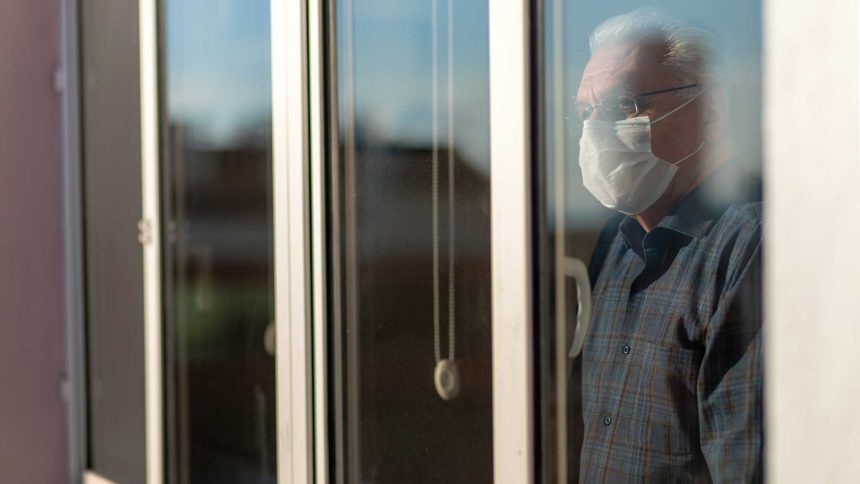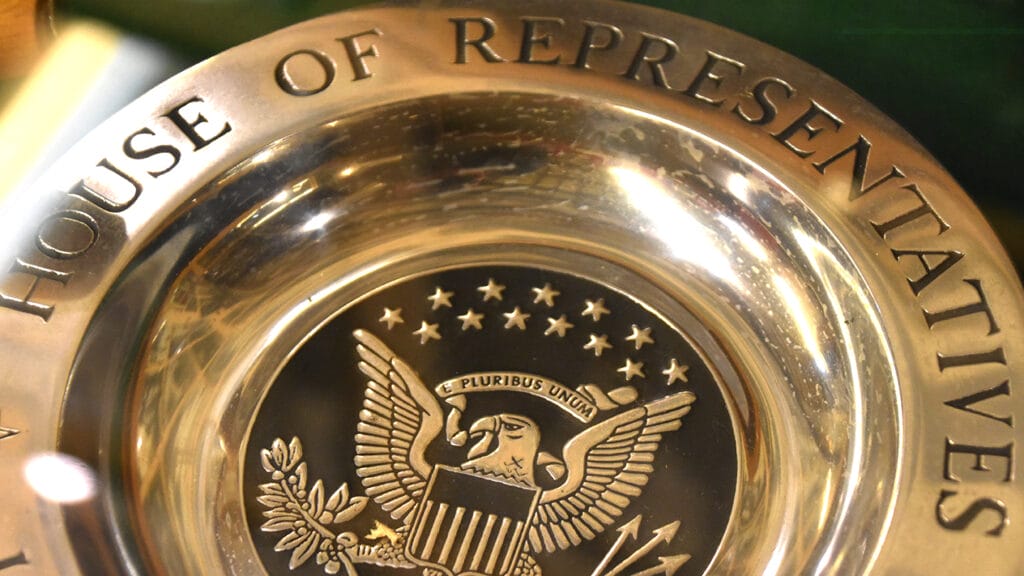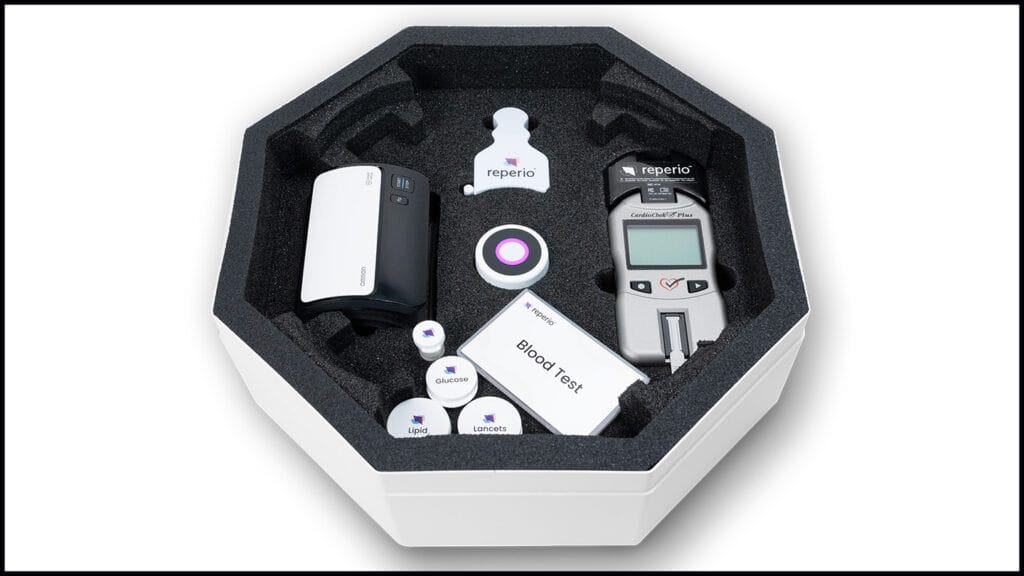
More than 3 million children and teens serve as caregivers to ill or disabled family members, according to Caregiving in the U.S. 2020, a national survey published by the National Alliance for Caregiving and AARP. The survey also found that Hispanic and African American children are twice as likely to be youth caregivers as non-Hispanic white children.
At the United Hospital Fund, a nonprofit committed to improving health care in New York, Senior Fellow Carol Levine said the pandemic, combined with the opioid crisis, has increased the number of youth caregivers because more children are homebound and must care for ill or addicted parents. She added that the pandemic also has made caregiving harder for them, since many can no longer escape to school during the day.
“Because of the contagion, they aren’t allowed to do the things they might normally do, so of course there is additional stress,” Levine said.
The American Association of Caregiving Youth in Boca Raton, FL, strives to support youth caregivers. Founded by Connie Siskowski, the organization works to connect young caregivers and their families with healthcare, education and community resources. The goal is to identify problems such as stress or isolation among the children, and address them so these problems won’t harm them as adults, Siskowski said.
This article originally appeared on McKnight's Senior Living



